Yingjie He
MuseTalk: Real-Time High Quality Lip Synchronization with Latent Space Inpainting
Oct 14, 2024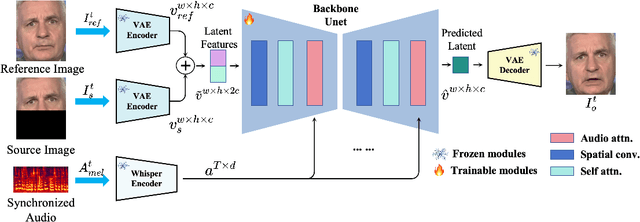



Abstract:Achieving high-resolution, identity consistency, and accurate lip-speech synchronization in face visual dubbing presents significant challenges, particularly for real-time applications like live video streaming. We propose MuseTalk, which generates lip-sync targets in a latent space encoded by a Variational Autoencoder, enabling high-fidelity talking face video generation with efficient inference. Specifically, we project the occluded lower half of the face image and itself as an reference into a low-dimensional latent space and use a multi-scale U-Net to fuse audio and visual features at various levels. We further propose a novel sampling strategy during training, which selects reference images with head poses closely matching the target, allowing the model to focus on precise lip movement by filtering out redundant information. Additionally, we analyze the mechanism of lip-sync loss and reveal its relationship with input information volume. Extensive experiments show that MuseTalk consistently outperforms recent state-of-the-art methods in visual fidelity and achieves comparable lip-sync accuracy. As MuseTalk supports the online generation of face at 256x256 at more than 30 FPS with negligible starting latency, it paves the way for real-time applications.
Image Copy-Move Forgery Detection via Deep Cross-Scale PatchMatch
Aug 08, 2023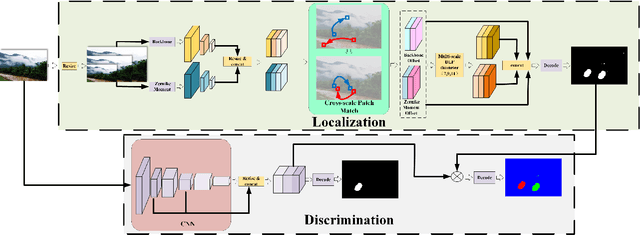
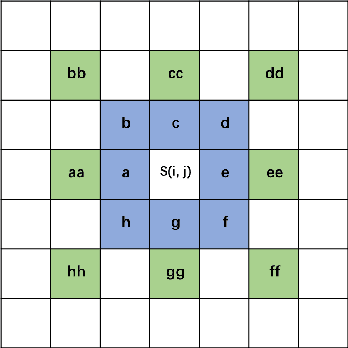
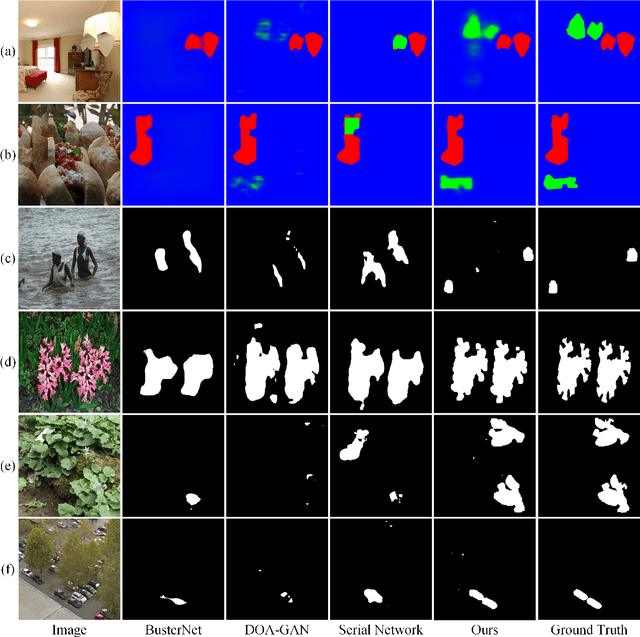
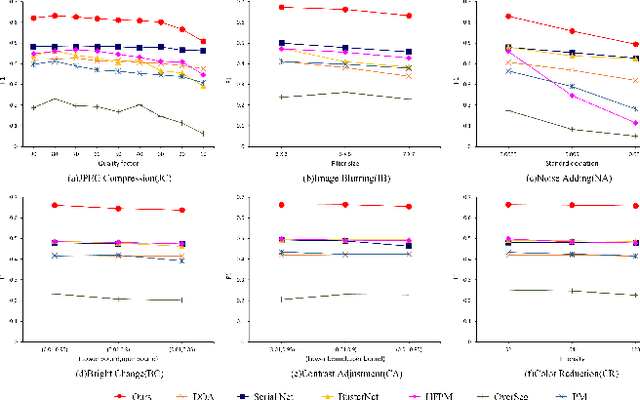
Abstract:The recently developed deep algorithms achieve promising progress in the field of image copy-move forgery detection (CMFD). However, they have limited generalizability in some practical scenarios, where the copy-move objects may not appear in the training images or cloned regions are from the background. To address the above issues, in this work, we propose a novel end-to-end CMFD framework by integrating merits from both conventional and deep methods. Specifically, we design a deep cross-scale patchmatch method tailored for CMFD to localize copy-move regions. In contrast to existing deep models, our scheme aims to seek explicit and reliable point-to-point matching between source and target regions using features extracted from high-resolution scales. Further, we develop a manipulation region location branch for source/target separation. The proposed CMFD framework is completely differentiable and can be trained in an end-to-end manner. Extensive experimental results demonstrate the high generalizability of our method to different copy-move contents, and the proposed scheme achieves significantly better performance than existing approaches.
 Add to Chrome
Add to Chrome Add to Firefox
Add to Firefox Add to Edge
Add to Edge